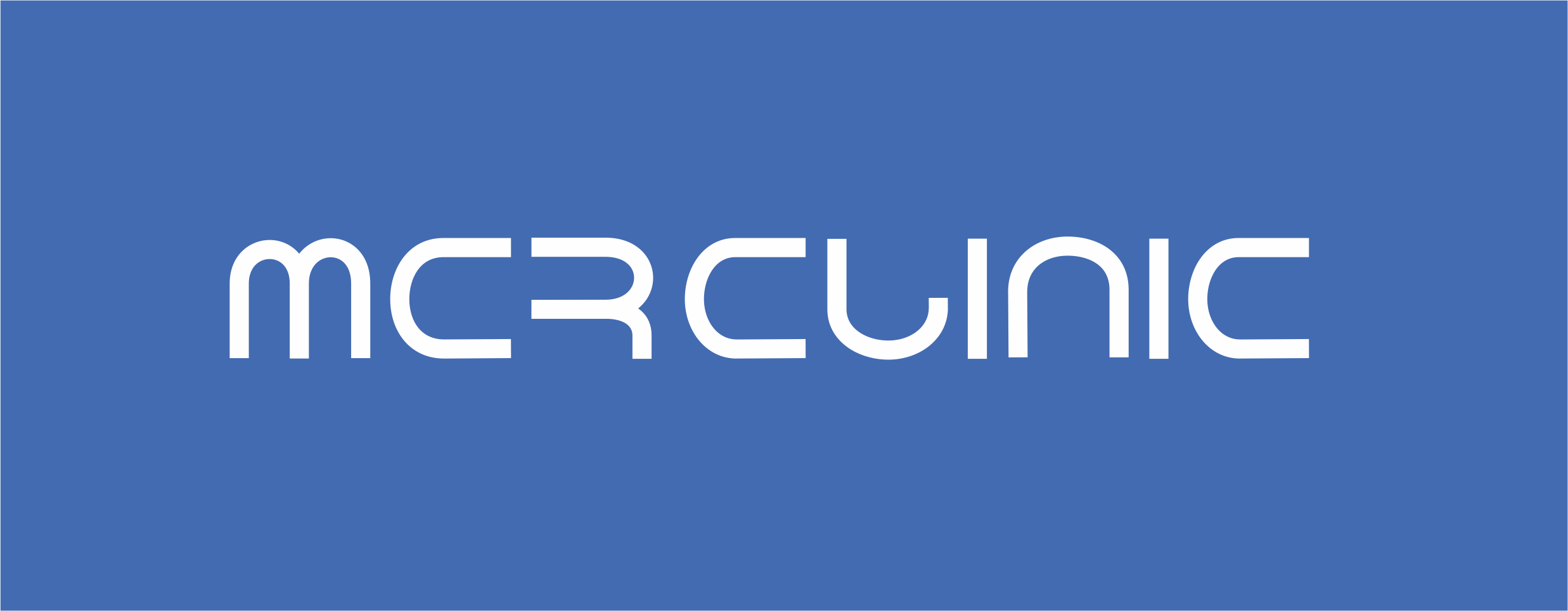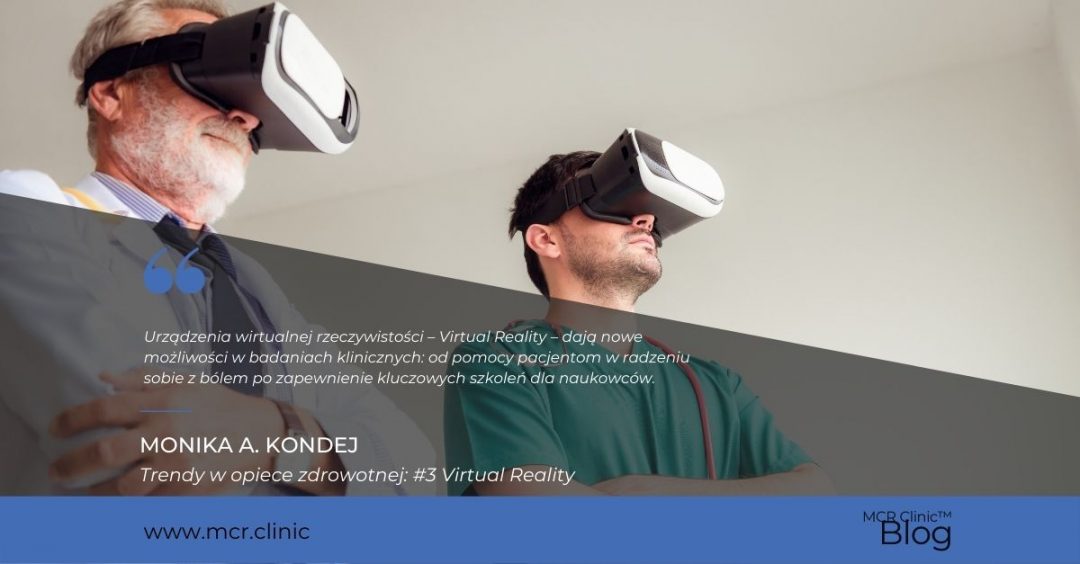In 2020, the healthcare industry faced major changes – during the quarantine, medical facilities had to quickly implement telemedicine systems to provide primary medical care to their patients.
The whole situation has led to a faster digitization of the medical industry. Everything that did not require the physical participation of a doctor became available remotely.
The beginning of a trend
Telehealth is a broad term that encompasses all technologies, electronic and telecommunication services used to deliver care and services remotely.
By staying in their homes during the pandemic, the entire world could see the convenience of remote consultations. Additionally, the spectrum of other medical services that can be used remotely has expanded. For example, online appointments with psychologists and psychotherapists and various dietary consultations have recently become very popular.
Advantages of Telehealth
- Expanded access to health care – telemedicine facilitates access to professional medical assistance for people living in remote areas or with limited mobility; it also enables access to specialists located in other cities or even countries, thus making it easier to obtain a second opinion or verify the diagnosis.
- Less contact – contact between patients and healthcare professionals is reduced, so there is less risk of spreading diseases.
- Saves time – it is possible to obtain information without leaving home and moving around. For example, in dermatology, when a patient sends a photo of a piece of skin to a specialist, it is also possible to conduct some tests remotely, such as an ECG.
- Care for patients with diseases other than COVID-19 – if until the spring of 2020, people with chronic diseases could not even think that they would ever be able to visit hospitals much less frequently and that a significant part of medical consultations would take place online, right now the progress in remote care for such patients has also accelerated. It also supports prevention and therapy, such as through apps that remind you to take medications, collect measurements, or follow doctors’ recommendations.
- Continuity of care – With consistent remote communication, physicians can keep in touch with patients and avoid any negative consequences caused by delayed or missed in-person visits. It is possible to remotely monitor patient vital signs, including sending data directly to the doctor through the use of wearables, wearable electronics.
The Telehealth trend will continue
Telemedicine is one of the unstoppable trends in medicine in recent years. With the increasing functionality and safety of using apps and measuring devices, we can expect telemedicine to grow tremendously in the coming years, and its use will increasingly support the work of medical doctors.
71% of patients in the United States were considering remote medical services at the start of the pandemic, and 50% were already using virtual visits. Research by Fortune Business Insights predicts that the telehealth market will exceed $185 billion by 2026.*
Source:
* https://mobidev.biz/blog/technology-trends-healthcare-digital-transformation




